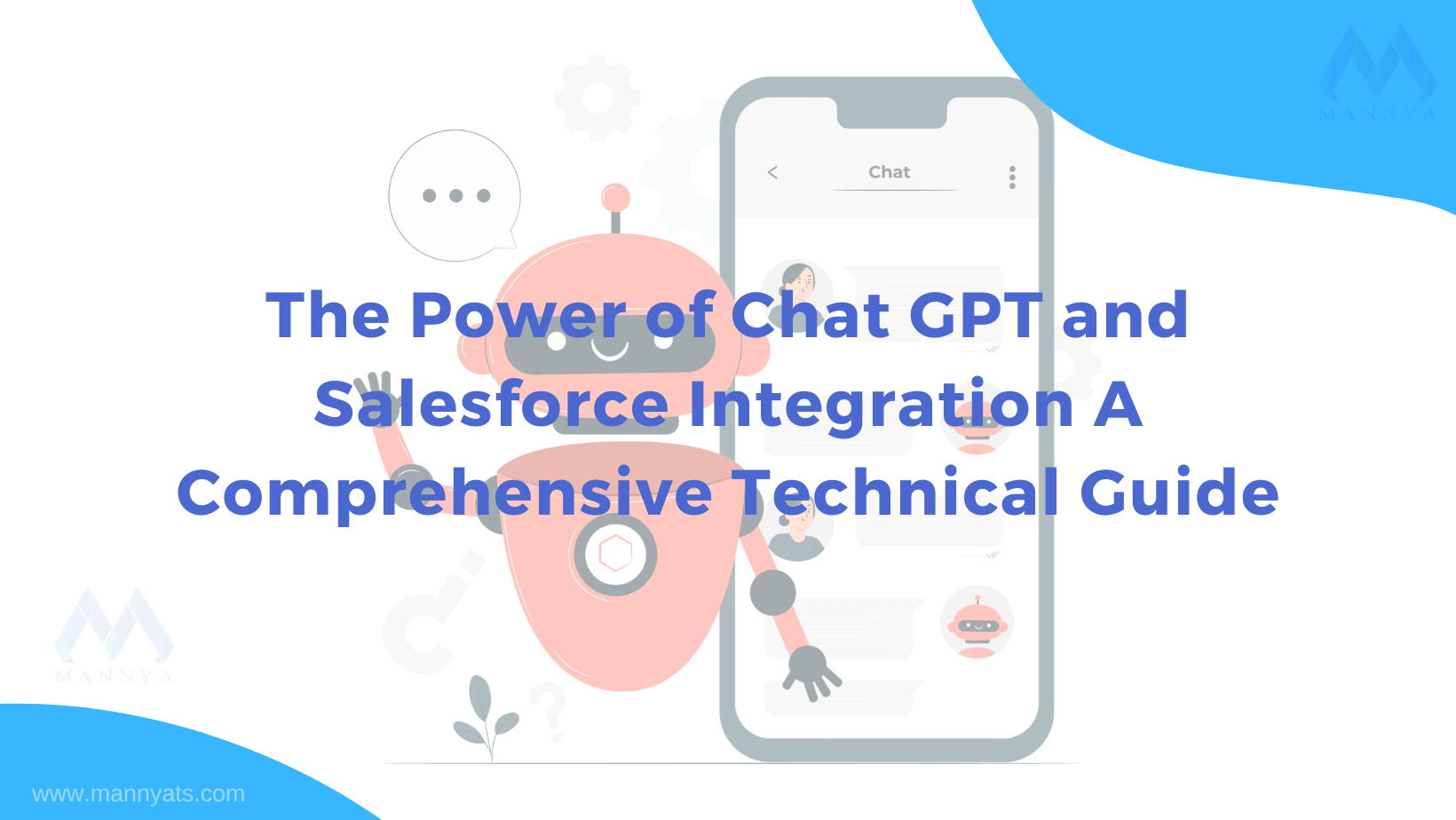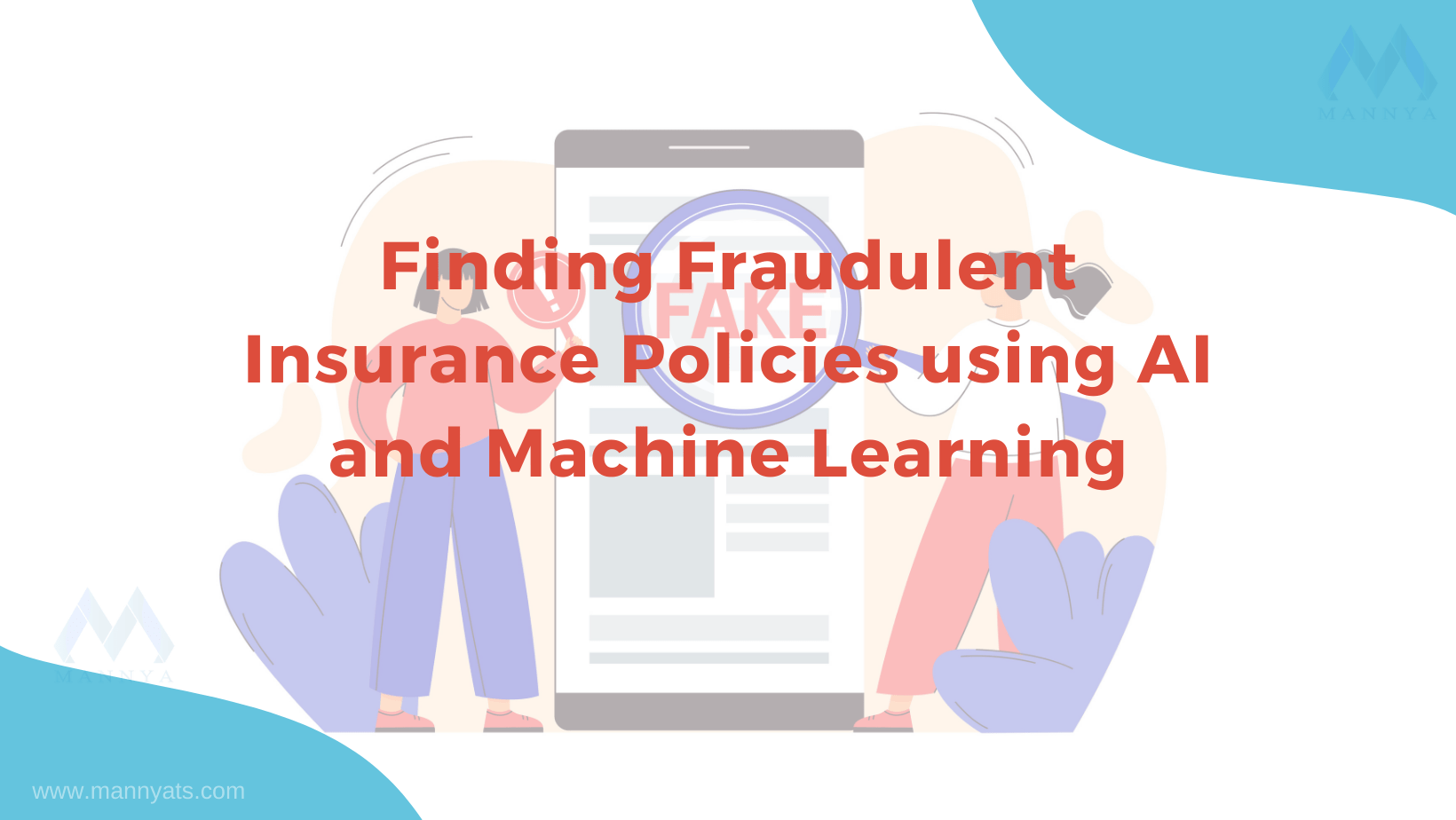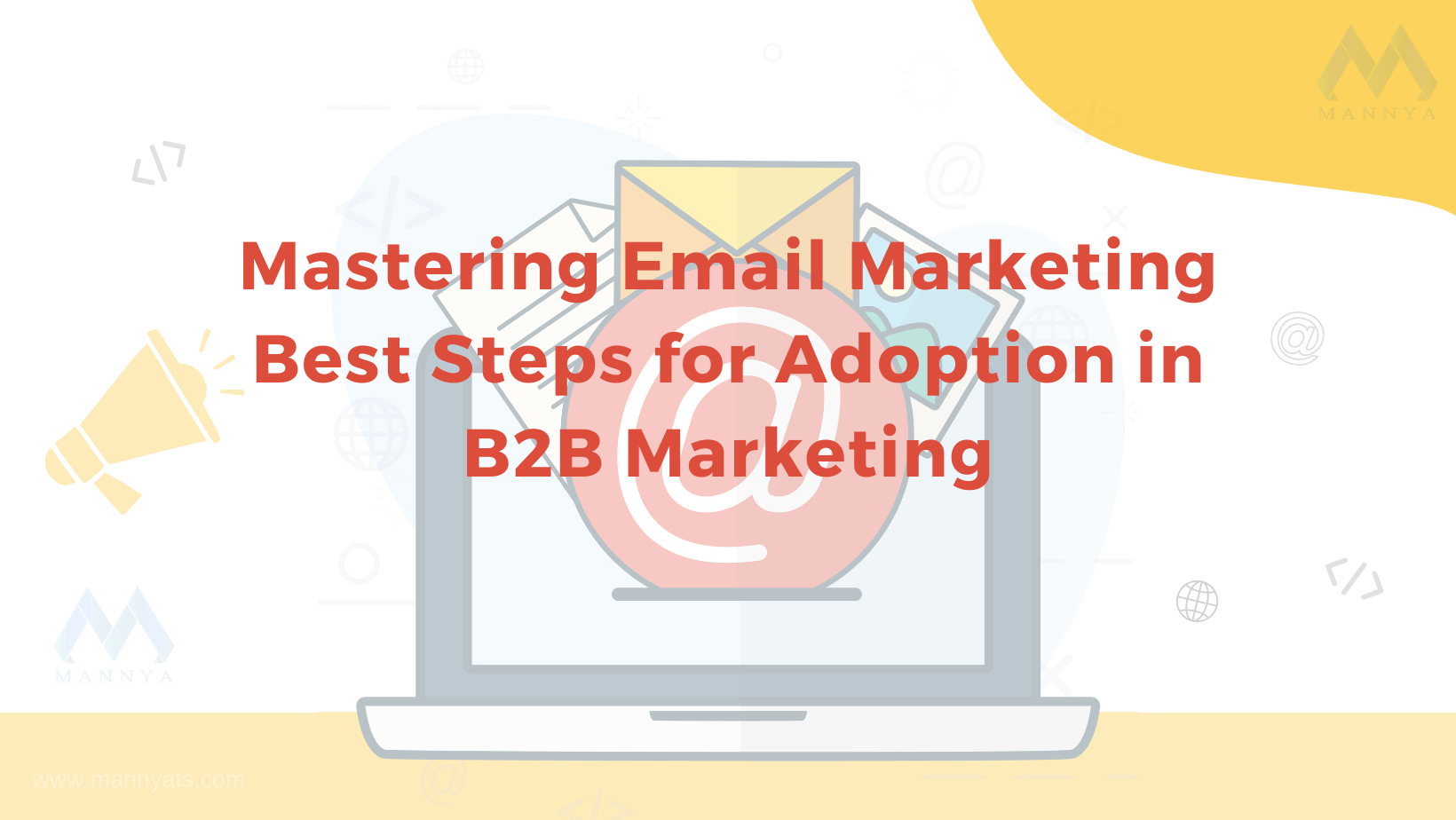The Power of Chat GPT and Salesforce Integration A Comprehensive Technical Guide
Chat GPT, powered by OpenAI’s advanced language model, is a cutting-edge technology that revolutionizes customer interactions and support. When integrated with Salesforce, the leading customer relationship management (CRM) platform, Chat GPT becomes an even more powerful tool. In this comprehensive guide, we will explore each technical step involved in integrating Chat GPT with Salesforce. We will also delve into the benefits, potential use cases, and how to leverage the Chat GPT integration with Salesforce CRM.

Technical Steps of Chat GPT and Salesforce Integration:
- Set up a Salesforce Sandbox: Create a dedicated Salesforce sandbox environment to test and develop the integration without affecting your production environment.
- Configure Chat GPT API: Access the OpenAI API and generate the necessary API credentials. Follow the API documentation to set up the integration and establish a connection between Chat GPT and Salesforce.
- Define Chatbot Behavior: Determine the scope and purpose of the chatbot within Salesforce. Define the intents, responses, and conversational flows that the chatbot should handle.
- Build Integration Logic: Develop the integration logic to connect Chat GPT with Salesforce. This involves mapping user queries to relevant Salesforce data and actions, and passing the responses from Chat GPT to the appropriate Salesforce channels.
- Train Chat GPT Model: Train the Chat GPT model using relevant historical data, frequently asked questions, and customer interactions to improve the accuracy and relevance of responses.
- Test and Refine: Conduct extensive testing to ensure seamless integration and refine the chatbot’s behavior based on user feedback and real-world usage.
Benefits of Chat GPT Integration with Salesforce:
- Enhanced Customer Support: Chat GPT integration empowers businesses to provide instant, personalized, and 24/7 customer support, resolving queries efficiently and improving customer satisfaction.
- Increased Efficiency: Chat GPT handles repetitive and common customer inquiries, freeing up support agents’ time to focus on complex issues and high-value tasks.
- Scalability: The integration enables businesses to handle a high volume of customer queries simultaneously, ensuring prompt responses and reducing customer wait times.
- Improved Data Insights: Chat GPT integration captures valuable customer data and interactions, providing insights for improving products, services, and support processes.
Potential Use Cases of Chat GPT and Salesforce Integration:
- Automated Customer Support: Chat GPT can handle routine inquiries, provide product information, process returns, and offer basic troubleshooting assistance.
- Lead Qualification and Routing: Chat GPT can interact with website visitors, qualify leads, and route them to the appropriate sales representative or support team.
- Self-Service Knowledge Base: Chat GPT can guide customers through self-service knowledge bases, providing answers to frequently asked questions and reducing support ticket volumes.
- Sales Assistance: Chat GPT can assist sales teams by providing product information, suggesting upsell opportunities, and supporting lead nurturing.
In conclusion
The integration of Chat GPT with Salesforce CRM revolutionizes customer interactions by providing instant, personalized, and AI-powered support. By following the technical steps outlined in this guide, businesses can unlock the benefits of Chat GPT integration, including enhanced customer support, increased efficiency, scalability, and improved data insights. With potential use cases ranging from automated customer support to sales assistance, leveraging Chat GPT integration with Salesforce CRM empowers businesses to drive customer satisfaction, streamline processes, and achieve growth in the digital era.
Why Mannya Techno Solutions?
Mannya Techno Solutions is a global IT services firm headquartered in Pleasanton, California and having offshore delivery center in India. Mannya has extensive experience and expertise in CRM, Cloud & Digital Solutions, Oracle and Mobility. We are an associated partner company with Salesforce, AWS, Oracle, and Google and have worked with many leading players in the Manufacturing, E-commerce, Digital, Healthcare, Education, Entertainment/OTT, Hi-Tech and Telecom domains. Mannya provides a portfolio of business and technology consulting services to fully unleash the cloud’s potential. Our competent and talented pool is extensively experienced in delivering vertical-specific solutions.
Share:
Recent Posts
- Optimize Your Salesforce Org With These 7 Critical Insights
- The Martech Revolution A Comprehensive Guide to Unleashing Marketing Technology’s Power
- Unlocking Integration Excellence: The Ultimate MuleSoft Guide for Seamlessly Transforming Middleware
- Salesforce Lightning Web Components (LWC) and Lightning (Aura) Components: A Lightning Transformation
- The Power of Chat GPT and Salesforce Integration A Comprehensive Technical Guide


